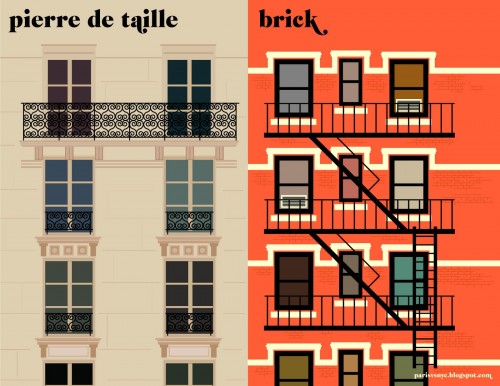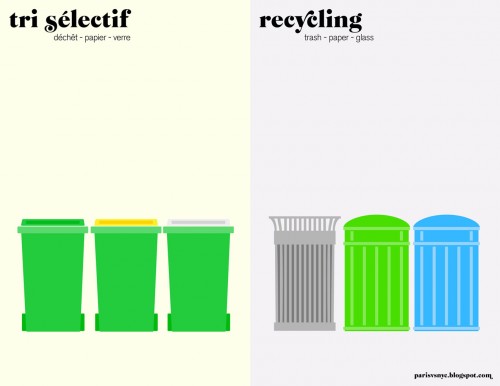Producing a character is easy, fast, and feels like hand-writing. Once familiar with the position of the letters, writing can even be done without viewing.
[yframe url=’https://www.youtube.com/watch?v=q3OuCR0EpGo’]
Putting the old keyboard on small touch screens is a typical locked-in-phenomenon when hardware evolves but the underlying ideas don’t follow. This may produce really frustrating experiences; remember Ellen’s iPhone parody?
[yframe url=’https://www.youtube.com/watch?v=ulN_Xuoxzg4′]
Fortunately a touch enabled device is by definition a quite flexible user interface. Now the people at 8pen came up with a great idea. Forget the concept of pressing buttons on a keyboard to type in your thoughts. 8pen is reinventing keyboards and handwriting at once, combining gestures, 4 sectors and 1 button to produce a character on a touch screen.
It’s not your fingers that are too big, it’s the keyboard that is out of date.
Thank you 8pen for putting it correctly!







